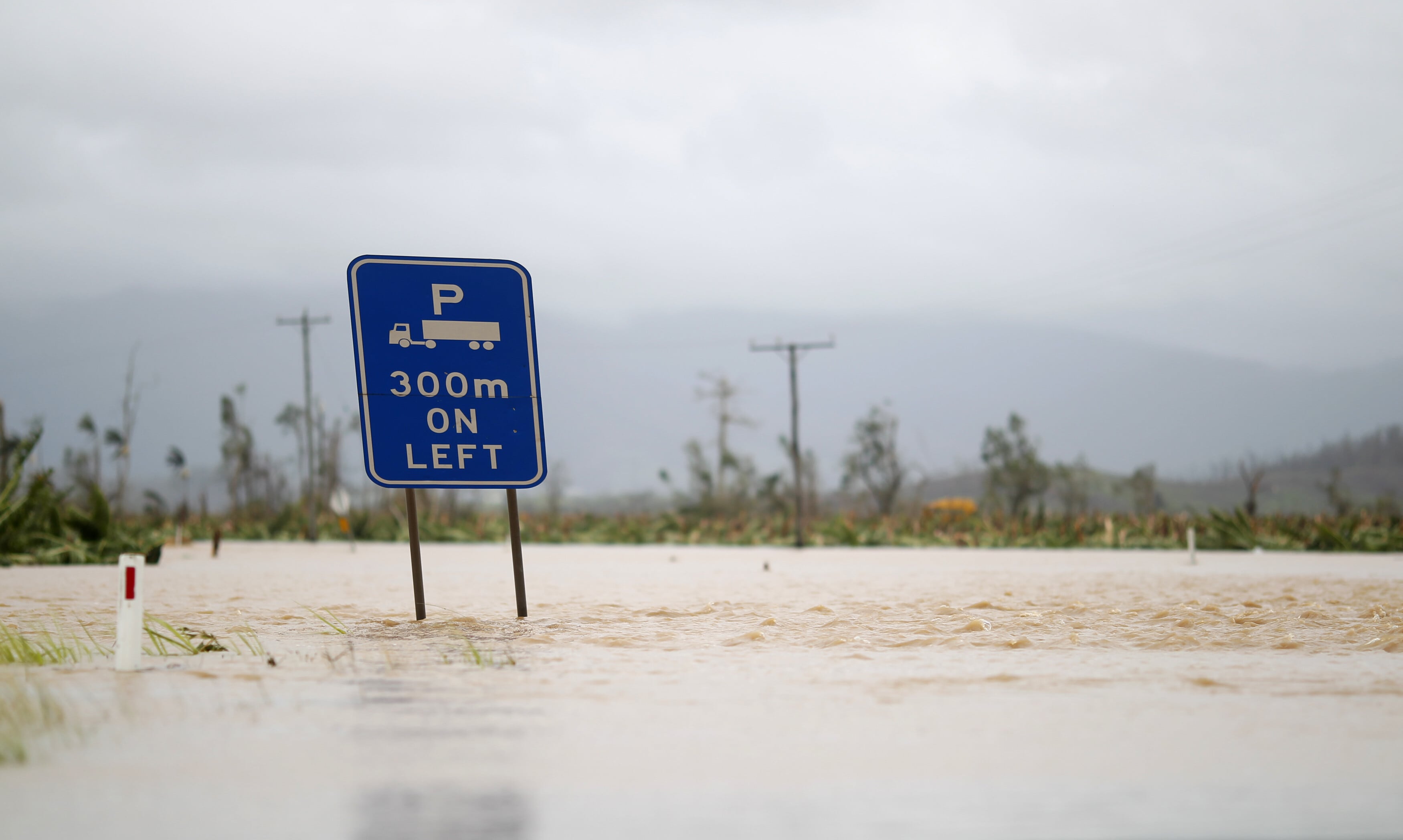Atmospheric rivers are stable for now — but change could be on the way

Many coastal regions around the globe depend on atmospheric rivers as a reliable water source.
Image: National Oceanic and Atmospheric Administration
Stay up to date:
Climate Indicators
- Atmospheric rivers are thousands of miles long and hundreds of miles wide.
- It's estimated that globally they transport more water than the discharge of 27 Mississippi Rivers.
- Atmospheric rivers already pose substantial storm and flood hazards, but these hazards are expected to increase dramatically with changes in climate change.
Yale researchers are charting the course of mighty “rivers” in the sky that are holding steady in the face of climate change — for now.
In future decades, however, climate-induced changes to these atmospheric rivers could drastically increase extreme precipitation events in some parts of the world, they report in a new study published in the journal Nature Climate Change.
Atmospheric rivers — long, winding filaments of intense water vapor — account for as much as 90% of the moisture sent toward the North and South poles. They are thousands of miles long and hundreds of miles wide; globally, they transport more water than the discharge of 27 Mississippi Rivers.
And yet their meanderings have been somewhat mysterious.
Despite decades of climate change, caused in part by a significant rise in greenhouse gas emissions, atmospheric rivers have remained stable. Scientists have detected no dramatic shifts in the intensity of these huge plumes of moisture.
Yale researchers Seung Hun Baek and Juan Lora offer an explanation for this in the new study. They highlight two influences on atmospheric rivers that have, thus far, counterbalanced each other: rising levels of greenhouse gases, which have a warming effect on the atmosphere and allow for more atmospheric water vapor, and industrial aerosols, which have a cooling (and drying) effect.
The researchers looked at climate data for the period of 1920 to 2005, isolating the effects of aerosols and greenhouse gases.
“What was surprising is that these opposing influences were approximately equal in magnitude, even though greenhouse gas-induced warming has outpaced aerosol-induced cooling,” said Baek, a postdoctoral associate in Earth and planetary sciences in Yale’s Faculty of Arts and Sciences. “Furthermore, we show that, in addition to these thermodynamic influences, dynamical influences also play an important role in driving atmospheric river change.”
Baek and Lora’s study predicts that in the coming decades, as greenhouse gas increases are expected to continue to outpace aerosols, there will be intensification of atmospheric river-induced precipitation, by about 20 millimeters per month.
The regions most impacted by such an increase, the researchers said, are mid-latitude, continental coastal areas of North America, South America, South Africa, and Europe, as well as polar regions.
“While the increase of 20 millimeters per month of precipitation itself is meaningful, perhaps the greater impact comes from the increases in extremes,” Baek said. “Atmospheric rivers already pose substantial storm and flood hazards, but these hazards are expected to increase dramatically. Europe, for instance, is expected to experience atmospheric river-driven, extreme rain more than 100% more often than over the last century. That means much more frequent strong storms with the potential to harm life and property.”
Lora, an assistant professor of Earth & planetary science, noted that understanding the dynamics of atmospheric rivers — and the drivers that influence them — can be a valuable resource for policymakers and others involved in climate change planning, mitigation, and adaptation.
“Many coastal regions around the globe depend on atmospheric rivers as a reliable water source,” Lora said. “At the same time, atmospheric rivers can also pose significant storm and flooding hazards due to their intensity.
“Assessing how the intensity and/or frequency of atmospheric rivers will change in the future therefore holds important implications for water and storm management.”
Accept our marketing cookies to access this content.
These cookies are currently disabled in your browser.
Don't miss any update on this topic
Create a free account and access your personalized content collection with our latest publications and analyses.
License and Republishing
World Economic Forum articles may be republished in accordance with the Creative Commons Attribution-NonCommercial-NoDerivatives 4.0 International Public License, and in accordance with our Terms of Use.
The views expressed in this article are those of the author alone and not the World Economic Forum.
Related topics:
Forum Stories newsletter
Bringing you weekly curated insights and analysis on the global issues that matter.
More on Nature and BiodiversitySee all
María Daniela Limongi Izaguirre, Edwin Josue Castellanos and Marisol Argueta de Barillas
September 22, 2025
Michael Donatti and Benoit Bégot
September 19, 2025
Tom Crowfoot
September 18, 2025
Caroline Meech and Sakshee Singh
September 17, 2025
Tania Strauss and Beverley Postma
September 17, 2025
Metolo Foyet
September 16, 2025





